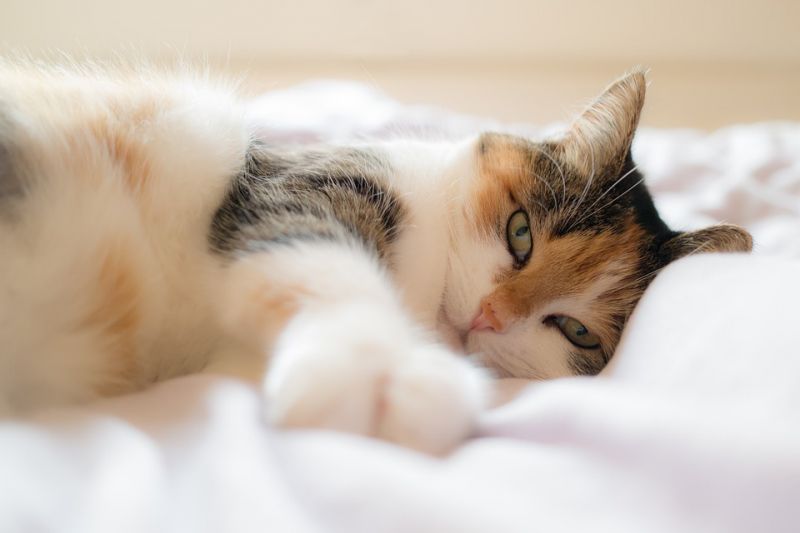Absolutely all murlyk owners sooner or later face the question: will I be raising kittens? In the case of a negative answer, there is a need to make it impossible to continue the genus of your cat. Yes, it is necessary, because sooner or later, both the boy and the girl begin to scream strongly, behave inappropriately, mark territory, and try to run away from home in search of a potential partner. Of course, this interferes with the normal and calm life of the owner.
Castration of a cat: about the procedure
Castration of a cat is a full-fledged surgical intervention in the four-legged body. Approach it should be carefully and responsibly. It is important to understand what it is and what is its difference from sterilization (these two concepts are often mistakenly confused or incorrectly distinguished).
Castration of a cat is the complete removal of the animal’s reproductive organs, while sterilization is the dressing of the pathways of the seed.
This procedure happens:
Surgical;
Chemical.
Most often, the first option is carried out, since it gives a stable result, and the chemical one gives a short-term result (moreover, the animal does not always stop making annoying screaming sounds). The latter is sometimes carried out in the case of severe contraindications to the former.
Preparation for the procedure is not difficult. It is important to accurately determine whether there are contraindications to it, whether there is a caudate disease that the doctor needs to know about. If you are confident in the health of your pet, it will be enough to limit their food intake for 10 hours before visiting the clinic, if there is no such certainty, contact your veterinarian to examine the pet.
The operation is performed under general anesthesia. After it, you will need to properly care for your pet in order to minimize stress and consequences.
Pros and cons of castration cat
The benefits of castration:
There is no likelihood of animal breeding;
Screams cease;
The pet does not mark the territory;
The character becomes softer, more flexible, calm.
Cons of castration of a cat:
Full operation under anesthesia with its possible risks and consequences;
Often owners claim that their tailed is rapidly gaining weight;
The animal sometimes becomes even too calm and ceases to please a person with its playfulness, arrogance.
Optimal age for cat castration
The ideal age for castration of a cat is considered to be the period from 7 to 9 months. Up to seven months, the animal is not yet fully mature. After nine, as a rule, sex hormones begin to be produced in him, an instinct appears to leave tags and more.
Where better to castrate a cat?
An operation, of course, is necessary in a veterinary clinic. Only there you will receive advice, the necessary service, the help of a qualified specialist. Moreover, all rooms, instruments are sterile, which means minimal risk of infection.
There are situations when they resort to it at home. For example, if a breeder sells kittens without breeding rights and urgently needs to castrate the animal before sending it. However, there are a number of controversial issues, such as too early age for intervention, lack of sterility, etc.
Using anesthesia to castrate a cat
In order to immobilize and anesthetize a pet, anesthesia is used. It is different:
Inhalation (a special gas is injected through a mask on the face);
Injection (administration of the drug intravenously or intramuscularly);
Local anesthesia.
How does a cat move away from anesthesia?
After the operation has been successfully carried out, there is a need to help fluffy move away from it and from anesthesia. In the first minutes, hours of stay in the clinic, this is done by the medical staff. But at home, all responsibility falls on your shoulders.
Typically, the cat moves away from anesthesia without any problems. Within a couple of hours, he regains consciousness and even begins to show activity. In order to help him feel as comfortable as possible, follow these tips.
Caring for a cat after anesthesia
Prepare a place for purrs at home. It should be quiet, warm and secluded. It is important that you can relax and sleep there without the risk of being disturbed. It is best to place it on the floor, as there will be no unnecessary obstacles to rest and recovery on a direct hard surface.
Cover the bed with a moisture-absorbing diaper, because after anesthesia the animal may not control the outflow of urine for some time, for example.
Place the bowls with water and feed closer to the tail.
Get a special cap so that the four-legged one does not try to lick the wounds, or even accidentally scratch them.
Cat Castration Myths
Science never stands still, but because what was feared 5-10 years ago today has already lost its relevance. Pay attention to the following erroneous opinions.
The cat gets fat after castration
Many are confident that the operation contributes to a strong and fast weight gain baby. This is really possible, but not because of the fact of the operation, but because of changes in the hormonal background. In order to maintain a normal body weight, it is enough just to pick up a special cat food after sterilization and follow a diet.
The cat continues to scream after castration
If all the rules for preparing and conducting the operation are followed, this should not be. The cat can continue to scream after castration in the event that it was carried out at an adult age purrs.
The cat marks after castration
Similarly to the previous paragraph, this is possible in the case of late castration. The animal already has a reflex of leaving marks, from which you will have to wean.
Today, castration of a cat is a routine for cat owners. It is safe and greatly simplifies the life of both the tailed and its owner!
 Select language
Select language 





.jpg)
.jpg)
.jpg)




.png)
